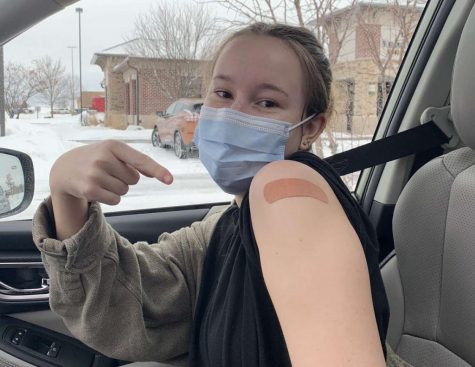How people spend money reflects their values
Photo submitted by Andrew Le-Xiong
Cars like these, a Toyota Supra Mark 4 1997, are valued by many, especially those who are interested in cars and design. There are many other values like jewelry, clothing, technology, etc.
“I know when I was in high school, I spent more money on wants than needs. In college, that shifted a bit as I was forced to be more reliant on my own income to cover my expenses,” personal finance teacher Philip Schut said.
In 2017, there was a poll on how much millennials buy on an impulse, which is 91%. In 2020, it was the same. There are many reasons to think differently, such as the pandemic, inflation, etc. Will it be the same for teenagers in 2022?
To a certain extent, teens in 2022 buy their wants often, but not always impulsively. “Students/people probably go out of their way to buy something because either it is a good value at the time or they have saved up money to make the purchase. This sounds like a planned purchase and not an impulse purchase,” marketing teacher Deborah Drommerhausen said.
When teenagers does buy things, they typically buy things that give them a social status: some famous brands in 2022 are Nike, Adidas, Lululemon, Pac Sun, etc.
“Teenagers spend their money on items that will give them social status.” US history teacher Matthew Kiedrowski added. “They typically go for a brand that is at the time considered to be valued highly typically because it may cost a lot of money and or sends out a signal that they are this type of person.”
They not only purchase clothes for those brands, but they also make small food and drink purchases from fast food places. In a statistic, 21% of teens’ money is going towards food and drinks, as 19% of their money is going towards clothing and accessories.
Drommerhausen explains that she sees her students purchasing Starbucks drinks, gas, and entertainment. They also buy items they want more than what they need.
Adults think differently. They do make impulsive purchases, but not so much as teenagers. They are more responsible with their money. Younger ages of 18 to 29, have a 61% chance of making impulsive purchases compared to those who are 30 to 49 years old.
Not many teens focus too much on needs, and that is alright. As a teen, they do not pay much attention to big things like paying a bill or getting groceries for the family.
Often what happens is teens get confused with wants versus needs. “They do it because they think they need it but they don’t really, so they don’t even understand necessarily the wants versus needs. They always view everything as a want,” Kiedrowski said.
Although teenagers value money, they also value free time. They find pleasure in spending time to themselves, with friends, family or significant others. They look forward to being successful in a career or graduating from college.
“Students – and people in general – tend to think in terms of what their money can get them in the moment, rather than the long game approach of ‘how can I set myself up for the future?‘ Most people tend to value time well spent with family and friends doing the things they enjoy/love. I don’t think it is any different for students,” Schut said.
In the end, teens tend to their wants more than needs, but eventually they will learn how to value their needs too. As for purchasing things they like and living the young life is alright for now. In the furture, hopefully, they will become more responsible with money, their values, and their priorities.

My name is Sienna Xiong, I am in junior year and my staff job is a Graphics Editor. I enjoy horror/thriller films and books. I also enjoy art and learning...









